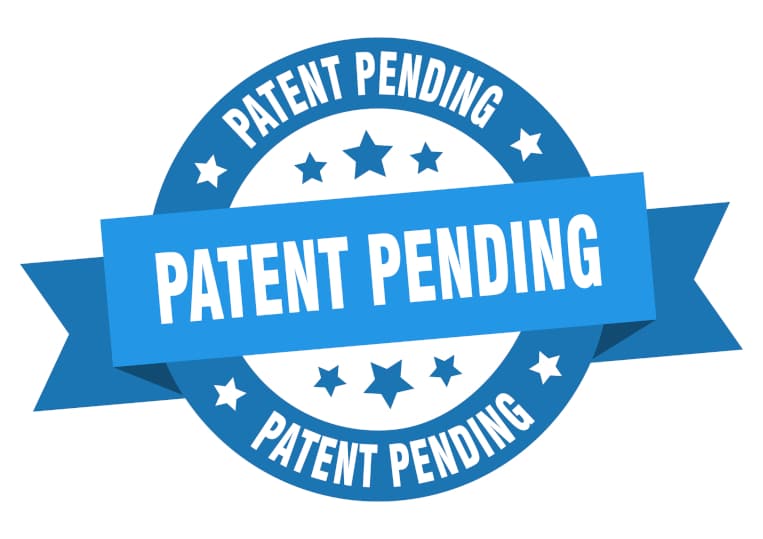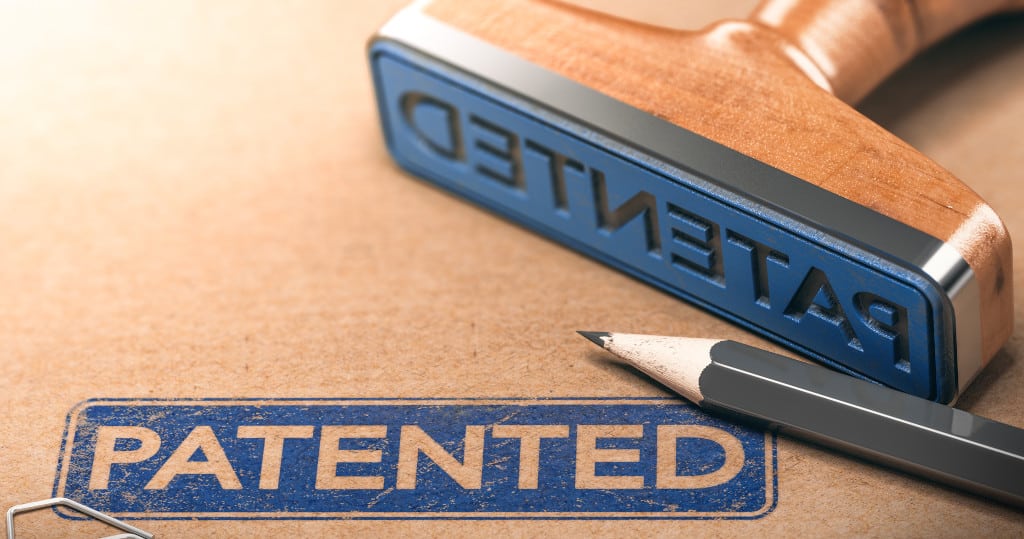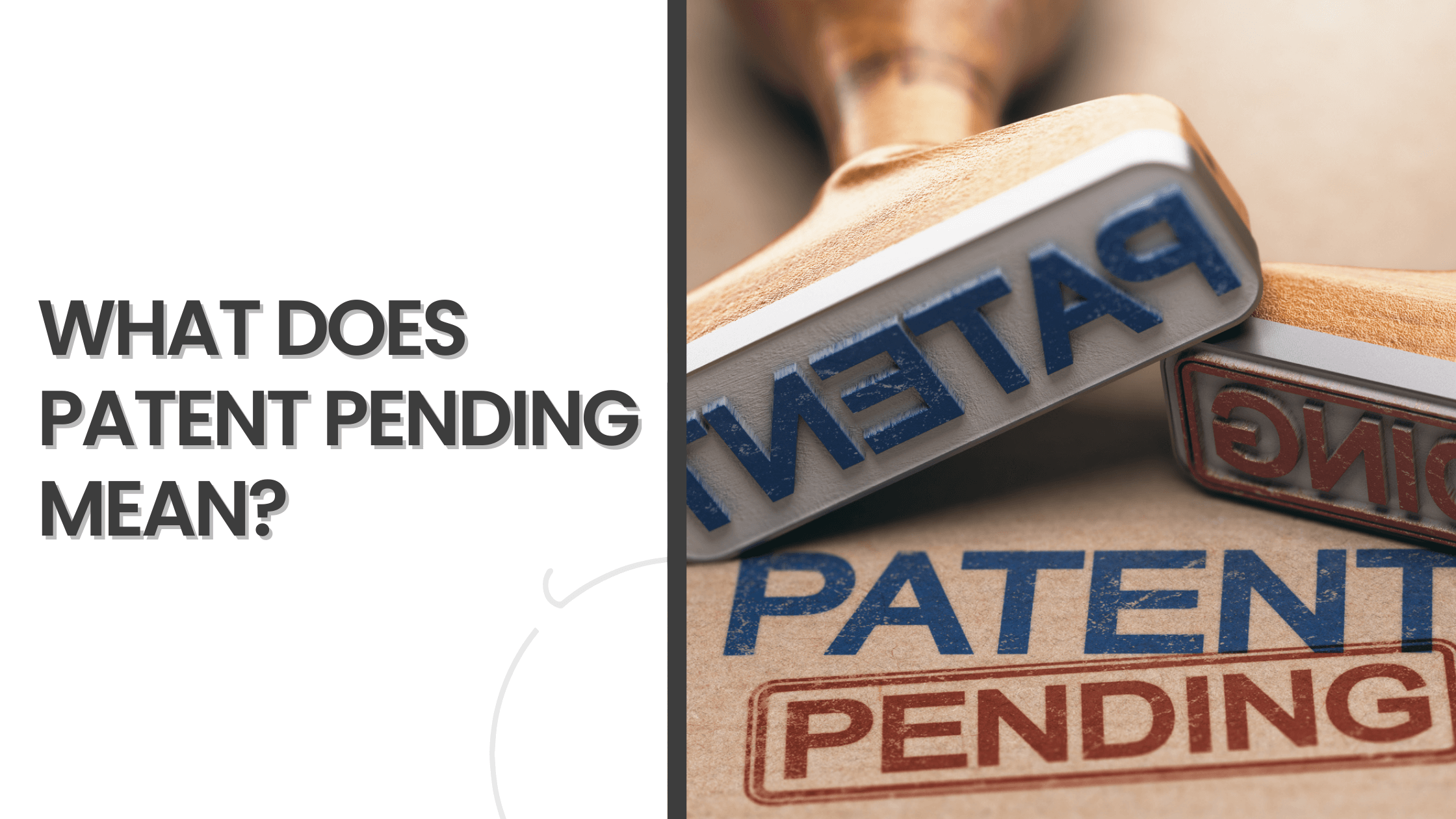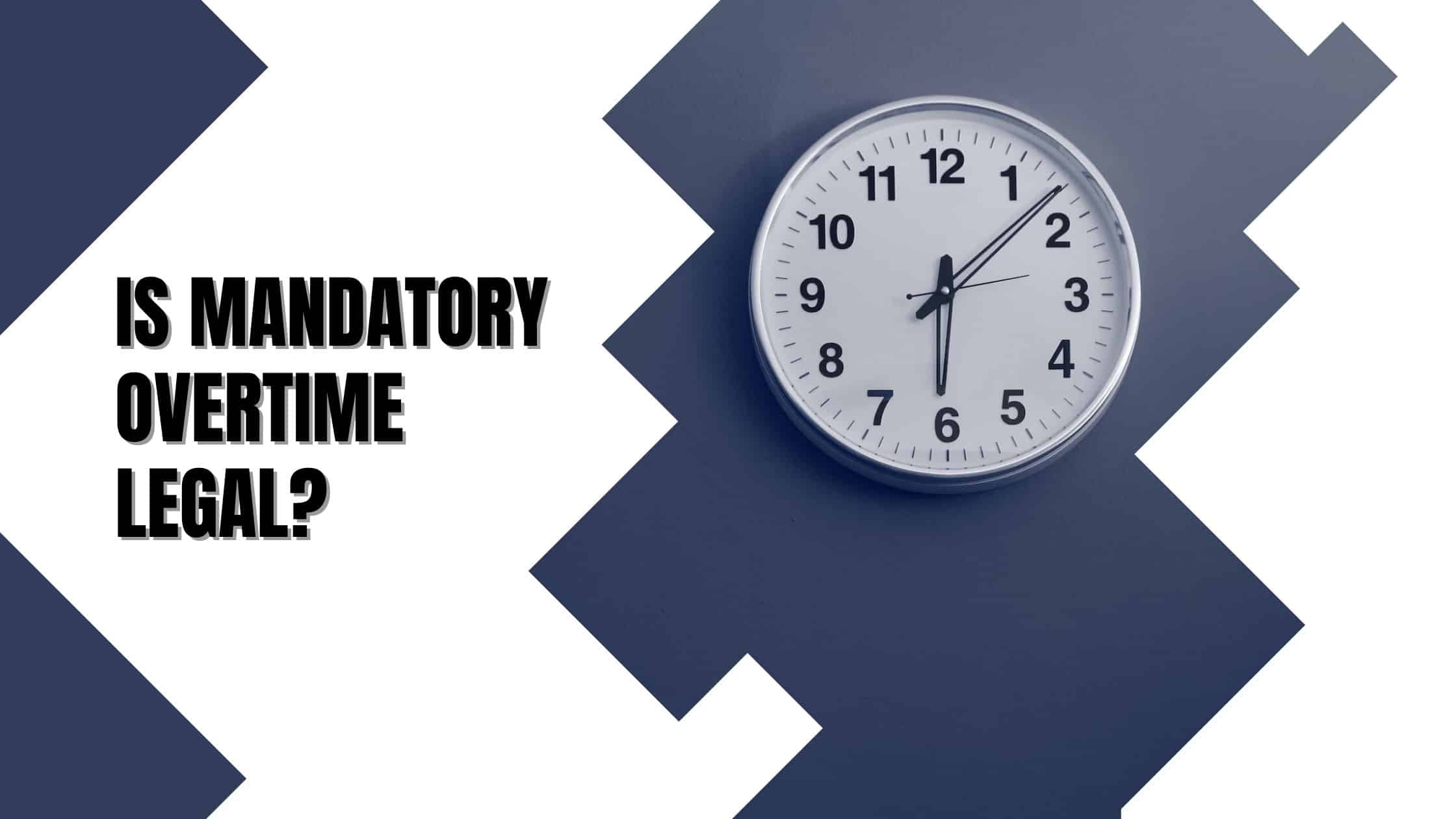Table of Contents
ToggleThe term “patent pending” denotes a temporary status granted to a product or process in the preliminary stages of a full patent application.

Get Smarter on US News, History, and the Constitution
Join the thousands of fellow patriots who rely on our 5-minute newsletter to stay informed on the key events and trends that shaped our nation's past and continue to shape its present.
It provides no legal protection in itself but allows an inventor to officially lay the first claim to an idea for a limited period.
Patent pending status dissuades potential imitators from attempting to steal intellectual property while simultaneously encouraging applicants to move forward with their full claim in a timely fashion.
Applying for Patent Pending Status
In the United States, patent pending status can only be obtained by submitting a provisional patent application to the United States Patent & Trademark Office (USPTO).

The application must contain the identifying information of all relevant contributors and a description of the invention, but none of the extensive proofs that a nonprovisional patent application requires.
As a result, it is far cheaper and easier to file, lowering the bar for beginning a patent process that is often expensive and lengthy.
Provisional applications are not assessed based on the submitted idea’s merits.
Instead, they serve as a statement of intent to file a nonprovisional patent application to the patent office within the next 12 months.
There is no obligation to do so, but once the patent pending status expires, all of its potential benefits are lost.
Advantages of Patent Pending Status
It establishes provenance
If many applicants file for the same or substantially similar patents, they are considered in the order in which they were received.

A provisional patent’s streamlined application process allows applicants to secure a place at the head of the line with their patent claim.
Once an applicant’s place is set, their patent claim is prioritized in the process. Even if a later applicant submits a non-provisional claim before them, as long as theirs is filed before the 12-month deadline, they retain priority.
It deters copycats
While a patent is pending, there is nothing to legally stop anyone from potentially using and profiting from the idea. However, if the patent is ultimately granted, the patent protection it confers is backdated to the time of the provisional filing.

A granted patent allows an inventor under patent law to seek damages retroactively for patent infringement that occurred during the pending patent period.
It also makes it possible to halt further unauthorized use of an invention via a legal injunction instigated by the patent owner.
It buys you time at a low price
Translating an inventive new idea into a marketable product or process is not always easy.
Before making a sizable investment into the non provisional patent application process, it helps to know how logistically and financially viable the invention is. Yet revealing your idea before you’re ready or able to patent it exposes it to theft.
With the entire year granted by a provisional patent, you have time to conduct any necessary market research safely.
If things don’t go to plan, you can decline to invest further. However, if you have gone public with your invention, it could be impossible to pursue a patent for it in the future.
The Drawbacks of Patent Pending
The 12-month deadline
It is still a deadline for all the good to be said about cheaply buying a modicum of protection for a full year. To gain the backdated benefits and protections, you must submit a non provisional patent application before that time.

That doesn’t necessarily mean you can’t still submit after the deadline, but you will no longer have priority over anyone who may have filed during that year.
The price for a patent attorney through this process ranges between $8,000-$10,000 but can be many times greater. You should prepare as much as possible before filing and have a plan to best utilize the limited time you’re given.
Necessity of disclosure
If you have disclosed your idea to potential marketing partners, licensors, investors, and customers, failure to secure protection opens the door for any of them to seek a patent on your idea.
Some will also seek to tweak your invention just enough to attempt to patent a competing product.
This increases the pressure to meet the deadline. However, it is a scenario that any good patent attorney is familiar with and can help you navigate.
Your idea is locked in
The way you describe your intellectual property in the provisional application determines what the patent pending status applies to.

If, for example, you created a new chemical recipe for a polymer, then that exact recipe is all that is covered. This means that subsequent alterations you make to the recipe are not covered.
You can still include any changes and improvements in your final application. Just know that the backdated access to royalties and the like will only apply to what was specifically described before.
The one-year bar date
A rule states that an applicant must file a patent application within one year of going public with their invention, or they forfeit all rights to it.
Suppose you went public before filing a provisional application. Then, for whatever reason, you fail to meet the deadline. At that point, your provisional filing date is nullified.
That leaves you with an idea that has been public for over a year and no valid patent application filing within that time. Per the rule, you would forever forfeit any rights to the idea.
How To Display Patent Pending Status
Making it clear to everyone that you are in the process of gaining patent protection for your invention is more than a deterrent. It can be necessary for you to successfully file a patent infringement claim once you are recognized as the patent owner.

This is because a person who was unaware of a patent, or intent to patent, can use that ignorance as a defense in such a case.
Thus, best practices for displaying the patent pending terminology are based on meeting the threshold for constructive notice or actual notice required to sue successfully. These practices include:
- Marking the invention with the words “patent pending” or an abbreviation thereof in a prominent spot.
- Displaying a URL on the product linking to a website containing all the relevant patent information.
- Verbally communicating patent status in video or audio-only advertisements.
- Displaying patent status in visual advertisements and product documentation.
The Bottom Line
Submitting a provisional patent application is a simple process that sets a series of much more complicated ones into motion.

The year of patent pending status granted provides welcome insurance for the well-prepared applicant. For the unprepared, it could entirely lead to a loss of rights to an idea.
It can be advantageous to go directly to the non provisional patent application, assuming you can afford it. In either case, the decision is best made with legal advice from a reputable patent attorney.











